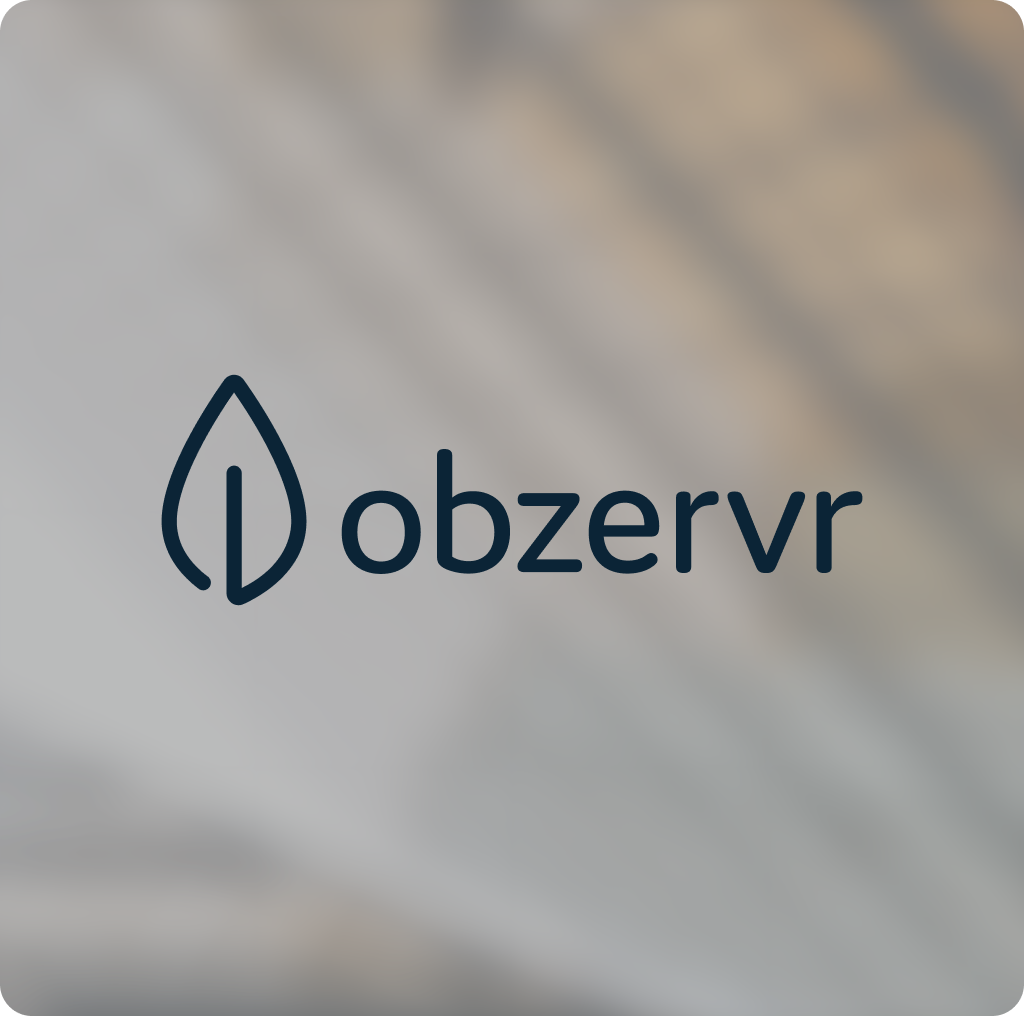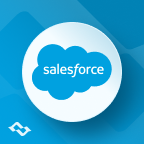Introduction: The Challenge of Enterprise-Scale Agility
Agile began as a methodology for small, co-located teams: fast-moving, iterative, and flexible. Yet today, enterprises with thousands of employees and dozens of departments are expected to deliver the same adaptability while coordinating across global teams, strict compliance frameworks, and multiple technology stacks.
The challenge is not simply “using Agile,” but scaling it: aligning hundreds of developers, testers, designers, analysts, and business stakeholders around shared understanding and goals while maintaining transparency, consistency, speed, and detailed guidance.
Jira Software and Jira Service Management, as Atlassian’s flagship tools, are at the center of this Agile transformation. However, implementing Agile at scale in Jira is rarely straightforward. Departments have different backlogs, conflicting priorities, and varying definitions of “done.” What works for a single Scrum software development team, does not automatically extend to a 500-person program spanning marketing, product, and infrastructure.
This article dives deep into how multi-department enterprises can scale Agile practices in Jira, using frameworks like SAFe (Scaled Agile Framework) and LeSS (Large-Scale Scrum), while maintaining cohesion, clear visibility, and governance for cross functional teams and toolsets.
Understanding What “Scaling Agile” Really Means
Before addressing Jira configurations, it’s critical to align on the concept itself. “Scaling Agile” doesn’t mean simply multiplying teams or adding more boards. It means:
- Enabling teams to share goals across departments
- Ensuring traceability from strategic initiatives to execution
- Keeping dependency and portfolio management between teams
- Establishing a single source of truth for planning and delivery
At enterprise scale, agility shifts from team-level sprint management to organizational alignment and delivery orchestration. This requires a model that balances autonomy with standardization.
Agile scaling frameworks like SAFe (Scaled Agile Framework) and LeSS (Large-Scale Scrum) provide structured approaches, but Jira becomes the operational backbone that turns theory into practice.
Configuring Jira for Scaled Agile: Foundation Setup
Hierarchical Work Item Structure
To scale effectively, Jira’s hierarchy must reflect the organizational structure.
A typical enterprise setup might include:
This hierarchy allows stakeholders to drill down from a portfolio objective to an individual task maintaining visibility across every level of execution.
If using Advanced Roadmaps or Structure, these tools can visualize hierarchies dynamically, providing roll-ups of progress, story points, and status.
Board Strategy: Multi-Department Architecture
Each department (e.g., Product, Infrastructure, QA) should have its own Scrum or Kanban board, but all must link to a shared Agile Program Board.
- Team Boards: Manage sprints, standups, and local WIP.
- Program Board: Aggregates multiple team boards, showing cross-team progress.
- Portfolio Board: Tracks strategic initiatives, release timelines, and dependencies.
In practice:
- Use JQL filters to define scope per board.
- Apply consistent statuses, resolutions, and workflows across teams to allow reporting alignment.
- Implement global automation to synchronize transitions or enforce dependencies (e.g., a feature cannot close until all child stories are done).
Workflow Standardization and Governance
When multiple departments manage their own workflows, chaos follows.
A scalable Agile system in Jira requires workflow harmonization:
- Define a core workflow schema shared across spaces (“To Do → In Progress → Done”).
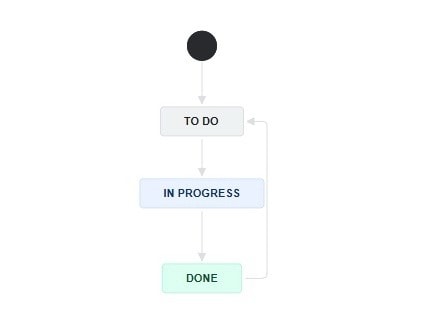
- Add optional custom states for department-specific needs (e.g., “Design Review,” “QA Validation”).
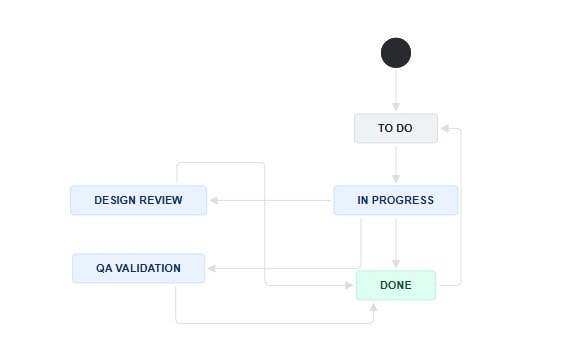
- Centralize common transition conditions (e.g., only Product Owners or Administrators can move work items to “Ready for Sprint”).

- Use Automation for Jira to enforce governance - such as blocking sprint closure if any dependency remains unresolved.
The goal is to create a controlled flexibility allowing autonomy while maintaining consistency.
Scaling Frameworks in Jira: SAFe and LeSS
Implementing SAFe in Jira
SAFe (Scaled Agile Framework) introduces multiple layers - Portfolio, Program (ART), and Team - that align business strategy with execution.
At the Portfolio level, SAFe incorporates Lean Portfolio Management (LPM), a disciplined approach that combines lean principles with Agile portfolio governance to optimize value delivery across the enterprise. Lean Portfolio Management shifts traditional project-based funding to a product-centric model, allowing organizations to respond to changing priorities with greater flexibility and less administrative burden.
In Jira, implementing LPM involves creating a transparent and adaptive portfolio layer where Epics or Initiatives are mapped to strategic themes or value streams. Tools like Advanced Roadmaps enable portfolio managers to visualize and forecast the flow of work across Agile Release Trains (ARTs), ensuring alignment between strategy and execution. Additionally, applying Work-in-Progress (WIP) limits at the portfolio level helps teams avoid resource overload and encourages continuous value delivery.
Lean Portfolio Management in Jira also supports dynamic budgeting by linking investment decisions directly to prioritizable work items. This allows leadership to pivot quickly based on performance data, customer feedback, or emerging opportunities, reinforcing a culture of adaptability. By embracing LPM practices within Jira, enterprises can achieve greater business agility, improve time-to-market, and drive measurable improvements in customer satisfaction by continuously delivering value that aligns with business and user needs.
- Portfolio > Epics
- Program > Features
- Team > User Stories
How to implement SAFe in Jira:
- Portfolio level: Represent Epics or Initiatives in a Portfolio space. Use Advanced Roadmaps to visualize progress across multiple ARTs.
- Program level: Create boards for Agile Release Trains (ARTs), mapping Features (Epics) to multiple teams.
- Team level: Manage sprints and stories as usual, but link stories to features via the “Epic Link” field.
- PI Planning: Use Roadmaps or external tools to simulate Program Increment planning inside Jira.
- Dependency Management: Leverage work item linking (“blocks,” “is blocked by”) and automation to track and visualize dependencies.
A key success factor is consistent data modeling: ensuring every story, epic, and feature is properly linked.
Implementing LeSS in Jira
Large-Scale Scrum (LeSS) focuses on simplicity: one product, one Product Owner, one backlog even across many teams.
In Jira:
- Use a single space to house all work related to the product.
- Create multiple Scrum boards, each filtered for a specific team (component = "Team A", etc.).
- Use labels or components to differentiate teams while sharing one unified backlog.
- Synchronize sprints across boards, so all teams plan, start, and end together.
LeSS thrives on transparency, so shared visibility into backlog priority is essential. Use Quick Filters to show items per team while maintaining a global view.
Cross-Team Backlog Grooming and Prioritization
In multi-department setups, backlog refinement becomes a strategic alignment exercise rather than a team-level ceremony.
Best practices:
- Unified backlog with categorization.
Create a master backlog (e.g., a “Portfolio” space) and tag items per department. - Cross-functional refinement sessions.
Invite representatives from product, engineering, QA, and design to discuss dependencies early. - Leverage Jira custom fields.
Add fields like “Business Value,” “Risk,” or “Strategic Objective” to enable weighted prioritization. - Use Advanced Roadmaps for scenario planning.
Explore what-if analyses, e.g., what happens if Team B is overbooked or if one dependency slips by two weeks. - Automate backlog triage.
Automation rules can assign work items to teams based on component or label, keeping backlogs organized even in massive environments.
This ensures backlog grooming drives alignment, not contention.
Reporting Across Teams and Portfolios
Scaled reporting is where most enterprises struggle, because each team reports differently.
Native Jira Reports
Useful for team-level metrics:
- Sprint velocity
- Burndown charts
- Cumulative flow diagrams
Cross-Team Reporting Tools
For aggregated visibility, use:
- Advanced Roadmaps: Portfolio progress roll-ups
- Structure: Hierarchical progress and roll-up views
- Dashboard Gadgets: Combine multiple team metrics (velocity, throughput, SLA)
- Jira Query Language (JQL): Custom cross-space filters
Example: project in (PROD, OPS, QA) AND issuetype = Story AND "Target Sprint" = "PI 2025-Q3"
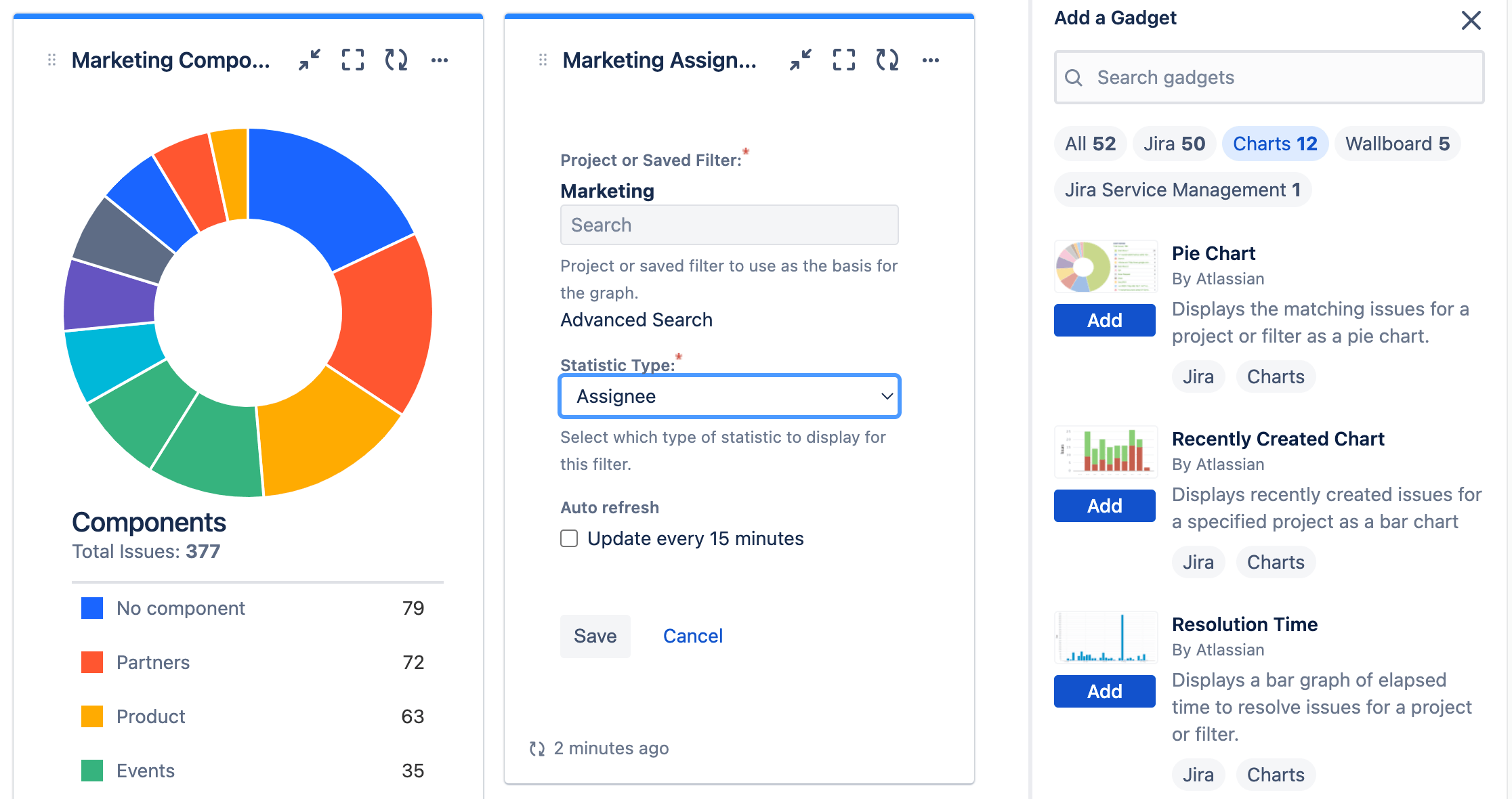
KPI Alignment
Establish enterprise-wide metrics (Lead Time, Predictability, Defect Escape Rate). Use custom dashboards to visualize metrics by department while ensuring consistent definitions.
Automating Dependency Tracking
Dependencies are the Achilles’ heel of scaled Agile methodologies. Without automation, tracking them manually leads to missed deadlines and hidden risks.
Dependency Modeling
Use native Jira work item links (blocks, is blocked by, relates to).
Enhance visibility with:
- Dependency matrix dashboards
- Roadmap dependency lines
- Automation triggers that notify stakeholders when blockers change status
Automation Examples
- Notify dependent teams:
When a work item transitions to “Done,” automatically comment on all work items it unblocks. - Prevent sprint closure:
If any dependency remains unresolved, halt sprint closure. - Auto-prioritize dependent tasks:
Adjust priority when upstream dependencies are delayed.
Integration Scenarios
Enterprises often run hybrid toolsets: e.g., DevOps in Azure, tickets in Jira, releases in ServiceNow. Integrations should synchronize dependencies automatically so all systems share consistent status data.
Managing Shared Resources and Multi-Sprint Conflicts
A common enterprise edge case: shared resources (e.g., architects or QA engineers) working across multiple sprints simultaneously.
Solutions in Jira:
- Resource fields: Track resource allocation with custom fields (“% Allocation,” “Resource Owner”).
- Cross-space releases: Group multiple sprints into a single release for shared visibility.
- Sprint synchronization: Use automation to align sprint start/end dates across teams.
- Capacity planning: Predict potential overloads by analyzing each team’s available hours, historical throughput, and assigned work before sprint execution begins.
An effective strategy is to model shared services as virtual teams with their own backlogs and SLAs, then link their work items to dependent stories across departments.
Handling Rare Edge Cases in Scaled Jira Environments
Multiple Agile Frameworks Coexisting
Some enterprises run hybrid frameworks e.g., one department uses SAFe while another uses Kanban.
In Jira:
- Use separate spaces but shared fields/workflows.
- Create unified dashboards with filters combining both frameworks.
- Establish translation rules - e.g., “Feature” in SAFe = “Epic” in Kanban.
Cross-Product Dependencies
When multiple products share a core platform, teams must track component-level dependencies. Use Component fields to map dependencies, combined with JQL filters to isolate shared modules.
Regulatory and Compliance Layers
For regulated industries, link compliance documentation directly to Jira Epics using Confluence or work item attachments. Automation can enforce that no release proceeds without compliance approval.
Governance, Roles, and Permissions
Role Clarity
Define clear roles at each layer:
- Portfolio Owner: Aligns strategy and budgets.
- Program Manager / RTE: Manages Agile Release Trains or cross-department flow.
- Team Lead / Scrum Master: Ensures local agility and reporting accuracy.
Permission Schemes
- Restrict sensitive transitions to specific roles.
- Use Space Roles (vs. individual users) to maintain scalability.
- Create a shared permission scheme across spaces to prevent drift.
Change Governance
Changes to workflows or work item schemes must follow a formal governance process ideally version-controlled and documented.
In large enterprises, Agile governance ensures agility does not lead to anarchy.
Continuous Improvement and Agile Maturity
Companies scaling agile don't implement Agile principles in a one-time setup - it’s an evolving process.
Jira enables continuous improvement if teams regularly review:
- Velocity Trends: Are teams improving or plateauing?
- Dependency Metrics: Are bottlenecks decreasing?
- Cross-Team Predictability: How aligned are delivery timelines?
- Feedback Loops: Are retrospectives generating actionable real time insights?
Establish quarterly health checks where departments analyze performance dashboards and refine workflows or governance structures accordingly.
Conclusion: Jira as the Nerve Center of Enterprise Agile at Scale
Scaling Agile across multiple departments is not about adding complexity, it’s about engineering clarity.
When configured correctly, Jira becomes more than a task tracker: it becomes the nerve center of enterprise agility, connecting strategy to execution, letting teams adapt quickly to the shared goals, and exposing dependencies before they become risks.
The journey from team agility to business agility demands technical rigor, strong governance, and relentless collaboration. But with structured hierarchies, shared Jira workflows, automated dependency tracking, and disciplined backlog management, Jira can help you achieve Agile at scale across even the most complex organizations, enabling true agility at enterprise speed.
Anahit Sukiasyan is an Atlassian Community Champion in Yerevan, Armenia, recognized for her dedication to fostering collaboration, innovation, and knowledge-sharing within the global Atlassian ecosystem. With a strong background in IT Service Management, she has extensive hands-on experience with Jira, Jira Service Management, Confluence, Trello, and Jira Product Discovery, working across both Cloud and Data Center environments. Anahit specializes in end-to-end Jira project configuration, tailoring workflows, automation, and reporting to align with diverse business needs and improve operational efficiency.
Beyond her technical skills, Anahit is deeply committed to building and nurturing communities. Being an organizer of the Atlassian Community in Yerevan, she actively connects professionals, facilitates learning opportunities, and empowers users to get the most out of Atlassian tools.
As a passionate Jira expert, Anahit also contributes her insights as a guest author on the Getint website, sharing practical strategies to help organizations streamline processes and improve productivity.





